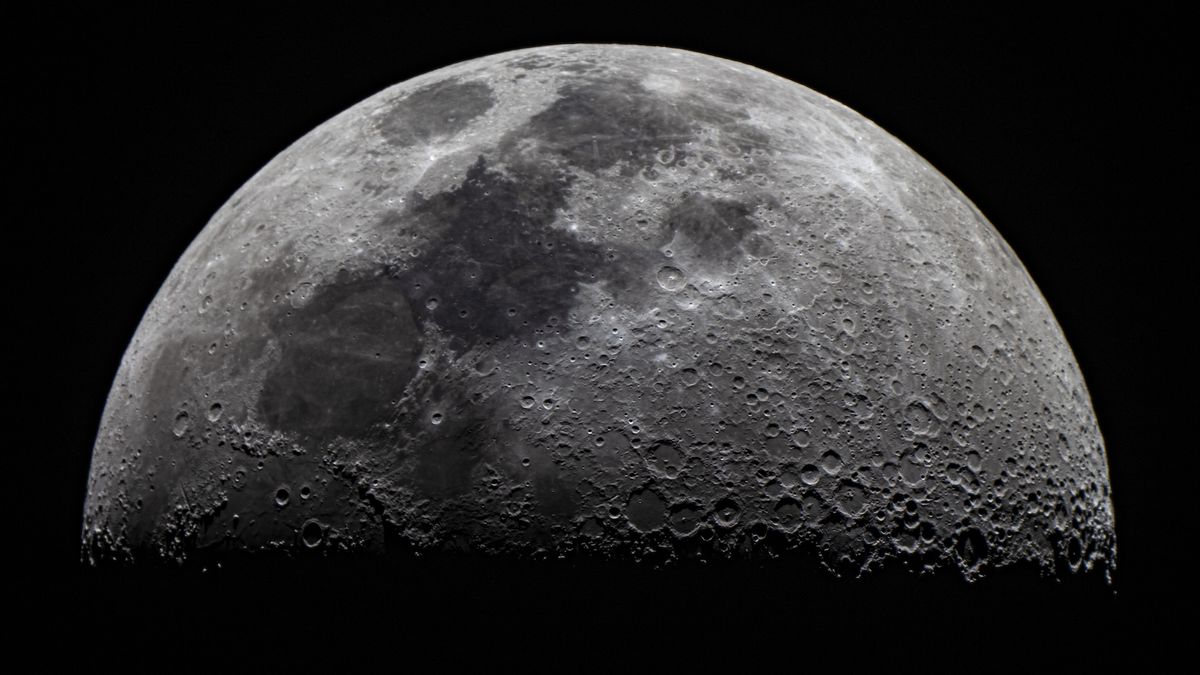There could be a silent killer lurking in your backyard.
Experts are sounding the alarm about the danger of a lethal bacterium found in American gardens after it caused the death of multiple people in Australia this year.
Burkholderia pseudomallei, a bacteria present in soil and water in tropical regions, can cause Melioidosis, a lung infection that may result in pneumonia or sepsis, and has a mortality rate of up to 50% in some cases.
In 2024 alone, five people in Australia have died of the disease, which is contracted after contact with contaminated soil.
Experts fear that natural disasters like hurricanes, storms and other inclement weather could increase the risk of its spread in the United States.
“The most serious way that people can get it is when there’s severe weather events, such as monsoonal storms, and in particular, when there are tropical cyclones with wind and rain the bacteria are aerosolized and people can then breathe it in,” Bart Currie, a professor of medicine at the Menzies School of Health Research, told Yahoo News.
“Particularly if people are caught out in storms and severe weather — even healthy people can get very sick from it. That’s what causes the most severe form of melioidosis, which is a very severe pneumonia, which turns into blood poisoning.”
While the bacteria is most commonly found in Asia and Australia, cases of melioidosis have been found in the US Virgin Islands, Puerto Rico and even Mississippi. In 2021, the Centers for Disease Control and Prevention identified cases of the illness in patients from Texas, Minnesota, Kansas and Georgia.
Last year, the CDC declared an endemic due to the spread of the disease in the Gulf Coast. At the time, experts said people with kidney and liver problems are at an increased risk of infection, which is sometimes asymptomatic.
If symptoms do occur, they include fever, headache, muscle pain, confusion, chest pain, trouble breathing and seizure. The illness requires a round of IV antibiotics for two weeks and months of oral antibiotics afterwards.
“This is one of those diseases that is also called the great mimicker because it can look like a lot of different things,” Julia Petras, epidemic intelligence service officer for the CDC’s National Center for Emerging and Zoonotic Infectious Diseases, previously told HealthDay News.
“It’s greatly under-reported and under-diagnosed and under-recognized — we often like to say that it’s been the neglected, neglected tropical disease.”















